Tucked away on the historic Brühl's Terrace in Dresden, Germany, the Albertinum isn't just a museum; it's a vibrant cultural playground for art enthusiasts of all ages. With its walls echoing stories from Romanticism to the present day, the museum serves up an art experience that's as enchanting as it is educational. Imagine walking through galleries where the whispers of the past meet contemporary art conversations and where every corner promises a new adventure for curious minds.
The Albertinum breathes life into art in ways that captivate the young and the young at heart. It's where awe-inspiring paintings share space with thought-provoking sculptures, creating a feast for the senses. Children can gaze upon the colors and forms, letting their imaginations take flight, while parents appreciate the seamless blend of history and modern expression. It's more than just a museum; it's a journey through the very evolution of art itself.
Contents
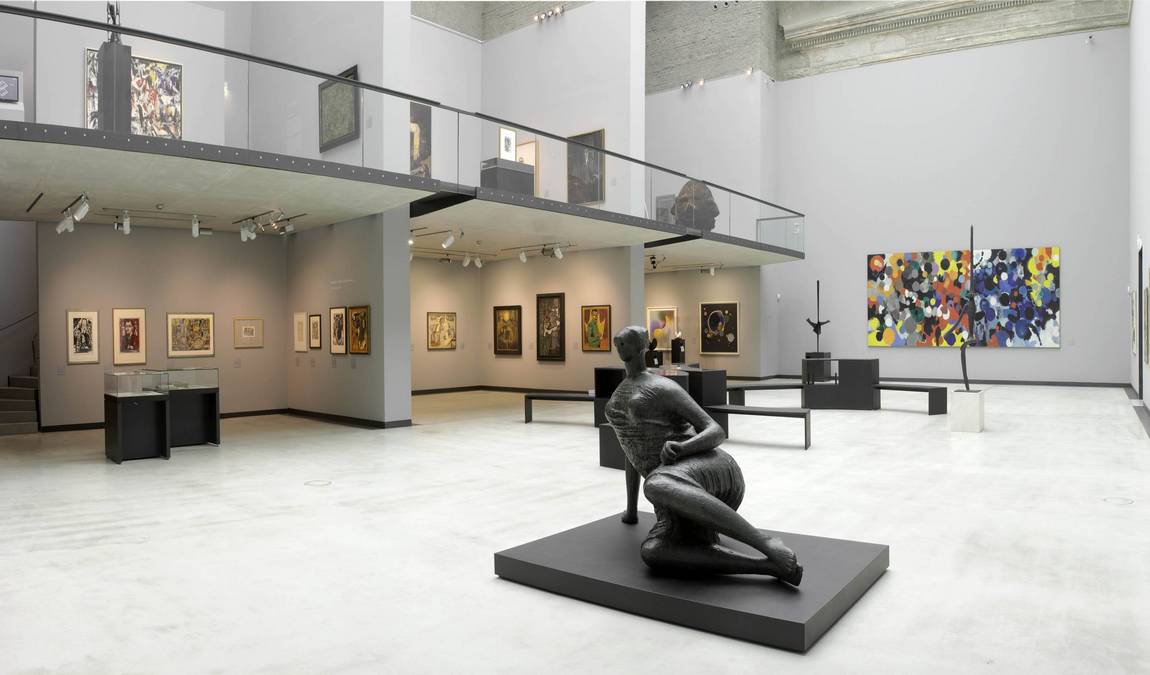 Photo: albertinum.skd.museum
Photo: albertinum.skd.museum
As families pace the galleries, each step is an opportunity to connect with art personally. The museum's commitment to displaying diverse artworks ensures something to spark everyone's interest — and might inspire the next generation of artists. Surrounded by the serene beauty of Dresden, a visit to the Albertinum is an experience that lingers, leaving visitors with a colorful mosaic of memories and a deeper appreciation for the world of art.
What is Albertinum Known for?
The Albertinum is a beacon for art enthusiasts and families venturing through Dresden's historic heart. This elegant Renaissance Revival building houses an extraordinary collection that combines two realms: painting and sculpture. Kids will marvel at the colors and forms as the New Masters Gallery showcases masterpieces from Romanticism to the present, setting the stage for a visual feast of beloved art periods.
It's not just about the art on the walls; stories come to life here. The Sculpture Collection brings a three-dimensional aspect to the experience, making it almost like a playground of history and culture for curious young minds. The Albertinum's role as one of the most significant art museums in East Germany is something that even the youngest visitors can sense.
Whether attending a hands-on workshop or just strolling through the galleries, the Albertinum's ability to weave together past and present will captivate visitors of all ages, leaving families with vibrant memories and stories to share long after the visit.
Key Dresden attractions such as the Transport Museum, Armoury and Dresden Castle are within walking distance of the gallery.
Here is Why Your Kids Will Find it Interesting
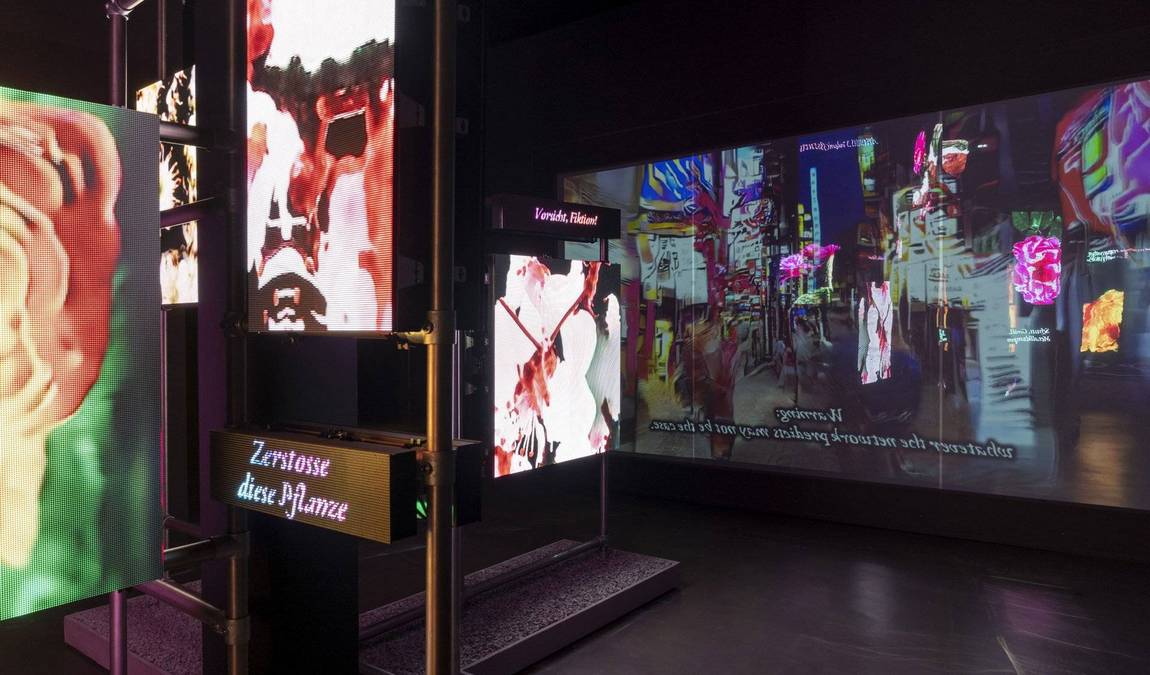 Photo: albertinum.skd.museum
Photo: albertinum.skd.museum
Albertinum is worth visiting with kids because it's not just a walk through history but an adventure in art. Children of all ages, especially those six and above, find the blend of paintings and sculptures fascinating.
Inspiration for Young Creatives:
- Experiencing the expansive timeline of creativity can spark their artistic ideas.
- The Albertinum's environment supports expressive thoughts and can leave a lasting impression on impressionable minds, potentially igniting a lifelong appreciation for the arts.
A family-friendly tip: look for the dynamic interactions between painting and sculpture — it might spark a creative conversation with the kids about art and history intermingling. Learning about how the artworks were saved during the 2002 flood adds a heroic chapter to the museum's narrative.
In a nutshell, visiting the Albertinum offers an engaging outing that educates and entertains. It goes beyond a typical museum visit by providing a comprehensive cultural journey that stimulates young brains in a lively and family-friendly setting.
History
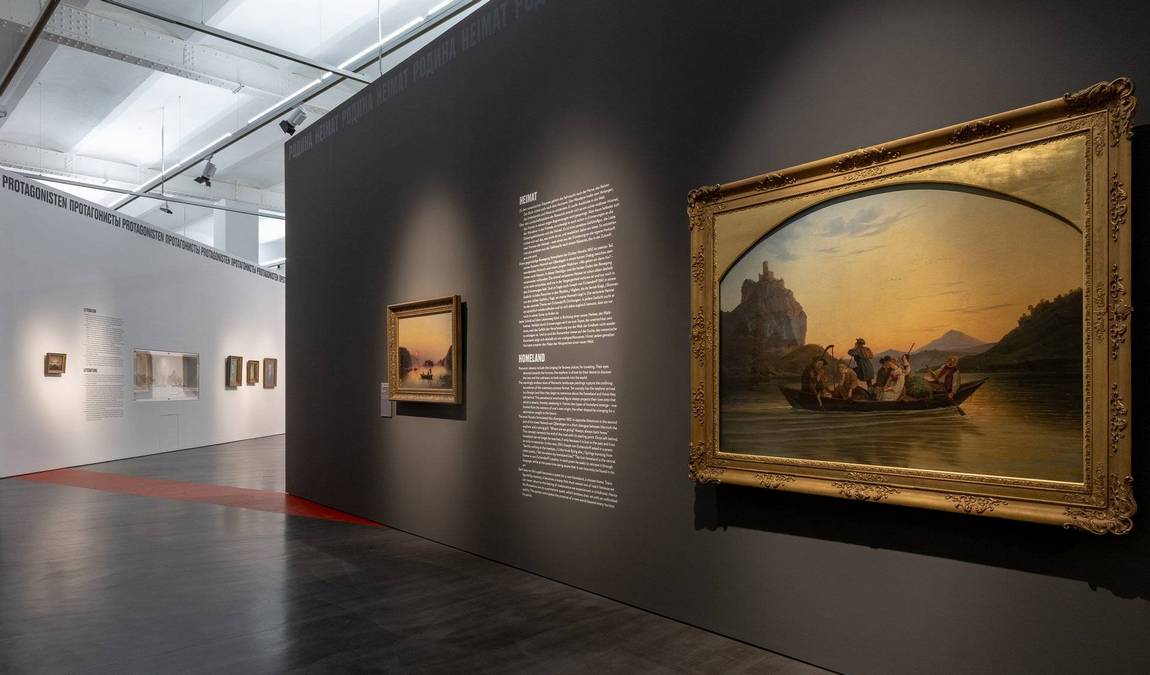 Photo: albertinum.skd.museum
Photo: albertinum.skd.museum
The Albertinum holds a storied past, encapsulating the rich tapestry of Dresden's cultural heritage from its Renaissance roots to its noteworthy modern revival.
The Albertinum, nestled on the banks of the Elbe in Dresden, Germany, was named in honor of King Albert of Saxony. Initially serving as an arsenal, this iconic structure was repurposed under the King's patronage to house a grand collection of art, marking a pivotal point in the city's artistic journey.
Like much of Dresden, the Albertinum did not escape the bombings that swept the country during World War II. The building suffered significant damage, casting a shadow over its housed treasures. In the aftermath, it emerged as a symbol of resilience, embodying Dresden's spirit on its road to recovery.
The original structure of the Albertinum was a showcase of Renaissance Revival architecture, reflecting the grandeur of past epochs. Over time, it became a bridge across ages, boasting a span of artworks from the Renaissance to contemporary pieces – a testament to the evolving narrative of art history.
Post-DDR (Deutsche Demokratische Republik or GDR — German Democratic Republic), the Albertinum underwent several phases of renovation. These transformations rejuvenated the museum, making it a family-friendly destination where historical significance intertwines with state-of-the-art facilities. The museum also brings the tale of Dresden's resilience to new generations.
Collections
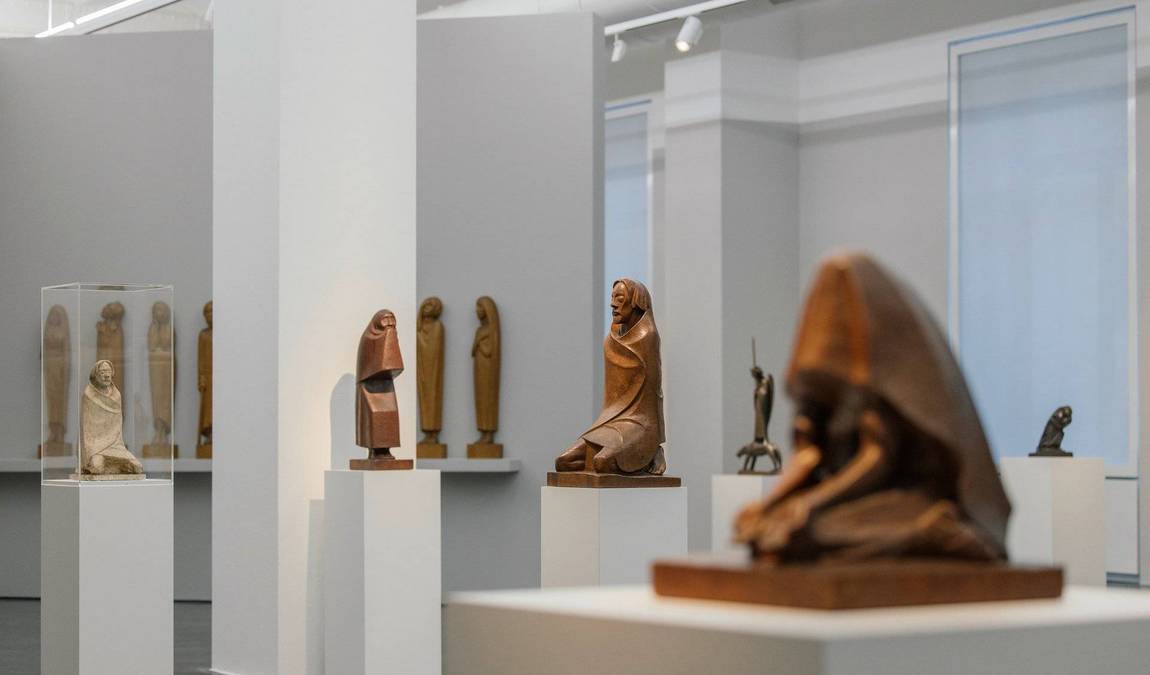 Photo: albertinum.skd.museum
Photo: albertinum.skd.museum
Venturing into the Albertinum Art Museum is more than just a simple visit; it's a captivating journey through artistic innovation and history. Families will find awe-inspiring collections that span from Romanticism's blush to modern art's bold statements.
New Masters Gallery
The Galerie Neue Meister proudly showcases over 3,000 19th—and 20th-century artworks, inviting visitors to witness a creative timeline that includes masterpieces from the age of Romanticism through contemporary art marvels. Kids and adults alike can marvel at the vivid colors and innovative techniques presented by the New Masters.
Collection of Sculptures
Spanning global art histories, the Sculpture Collection at the Albertinum has an impressively diverse array of three-dimensional art, from 19th-century classics to present-day pieces, including playful and intriguing sculptures that will surely pique the curiosity of young ones.
Gerhard Richter Archive
For fans of contemporary art, the treasure-filled Gerhard Richter Archive is a must-see. This section pays homage to one of the most significant artists of modern times, Gerhard Richter, offering an in-depth look at his life's work and the artistic dialogues it sparked.
Exhibitions
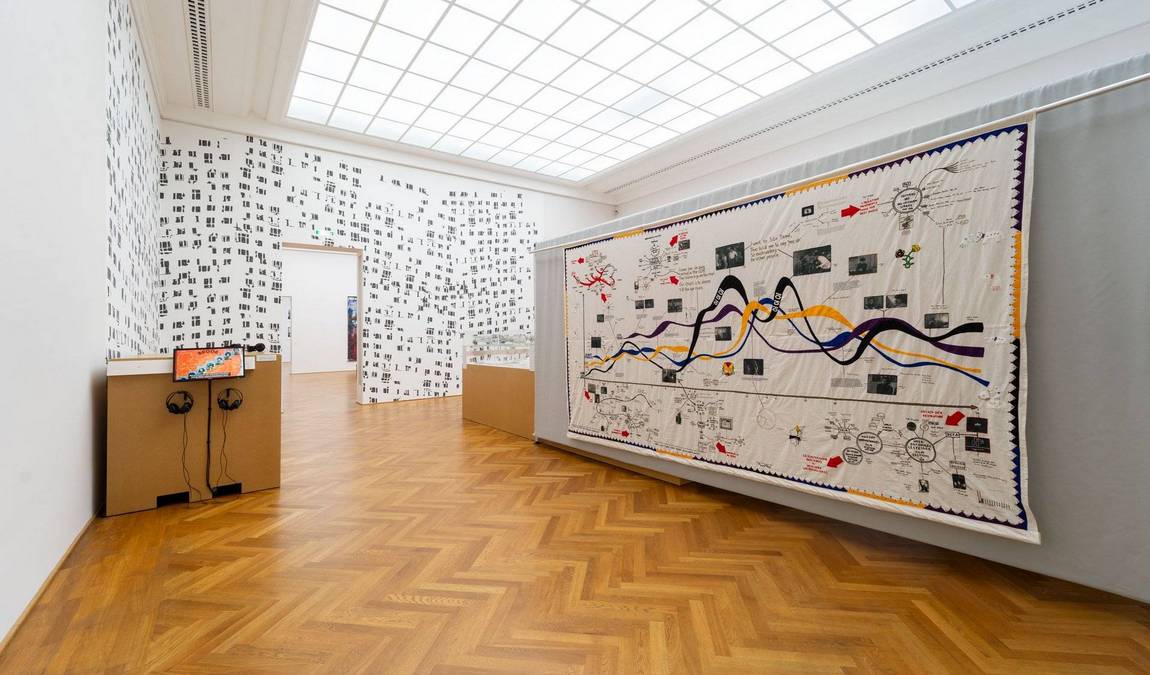 Photo: albertinum.skd.museum
Photo: albertinum.skd.museum
The Albertinum astounds with its spectacular array of artworks displayed in its permanent and special exhibitions, offering a cultured adventure for the whole family. Young minds and art lovers are treated to an educational exploration through diverse art eras.
Permanent Exhibits
Established in 1959, the Galerie Neue Meister is the youngest addition to the Staatliche Kunstsammlungen Dresden. Originating from the Gemäldegalerie Alte Meister, its collection transformed in the mid-19th century when a focus on contemporary art emerged, marking a significant shift from its earlier emphasis. By 1831, a pivotal reform reshaped the museum landscape, transitioning the Dresden collections from private ownership under Saxon royalty to state-funded and administered institutions under the auspices of the State of Saxony.
The New Masters Gallery stands as a centerpiece at the Albertinum, boasting an impressive collection that tracks the trajectory of art from the Romantics to the present day.
ere, families can witness how classical art dialogues with modern pieces provide a rich tapestry of history in visual form. Not to be missed is the Sculpture Collection, where painting meets sculpture in various mediums, offering a chance for all ages to engage with art in three dimensions.
Special Exhibitions
The Albertinum frequently refreshes its creative offerings with special exhibitions focusing on particular themes or artists, ensuring each visit stays dynamic and exciting. Upcoming exhibits, like the visually stunning photography of Candida Höfer, promise to provide a window into contemporary art that is as thought-provoking as it is accessible for visitors of all ages. Each exhibit is an opportunity to spark a child's imagination and foster family discussions about art and history.
Artist Highlights
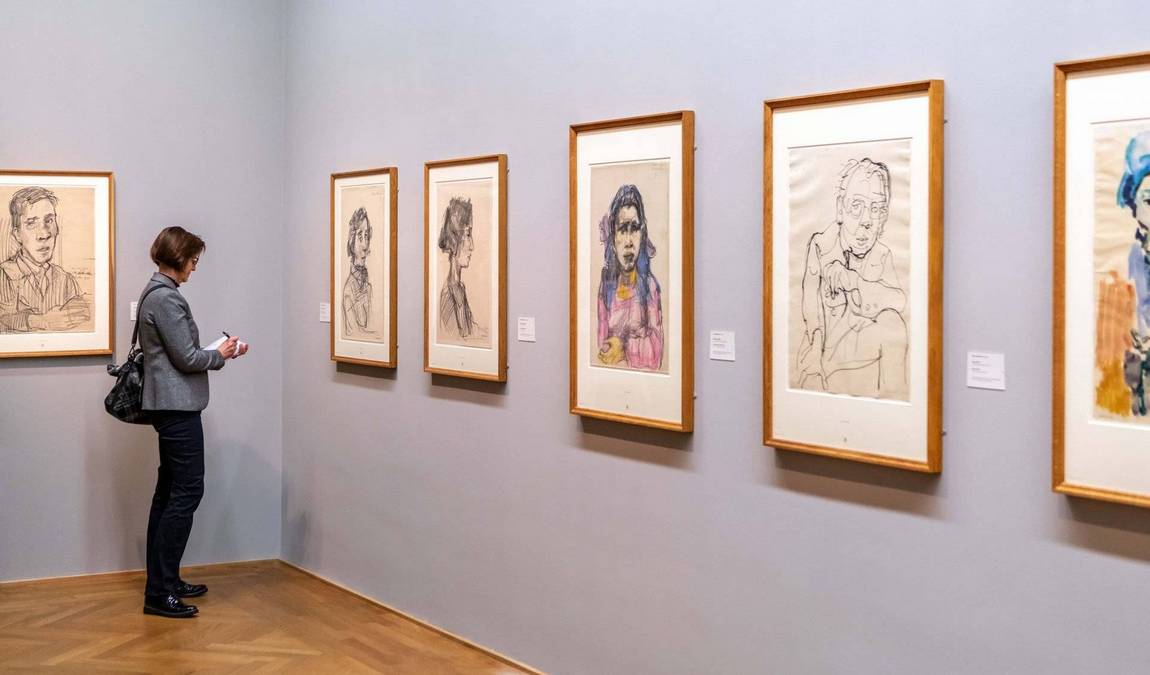 Photo: albertinum.skd.museum
Photo: albertinum.skd.museum
The Albertinum Museum offers a captivating journey through art history, making it a fascinating destination for families. Children and adults alike can learn and be inspired by the works of notable artists such as Caspar David Friedrich and Gerhard Richter.
Caspar David Friedrich, a figurehead of the Romantic period, evokes emotion with his dramatic and moody landscapes. Visitors can admire works like the "Wanderer above the Sea of Fog," which allows the imagination to soar as they gaze into the mystic distance.
Moving through time to modern art, the talent of Gerhard Richter shines bright in the Albertinum. Richter's diverse range, from his photo paintings to colorful abstracts, offers a visual feast that will pique the curiosity of both youngsters and grown-ups.
Architectural Features
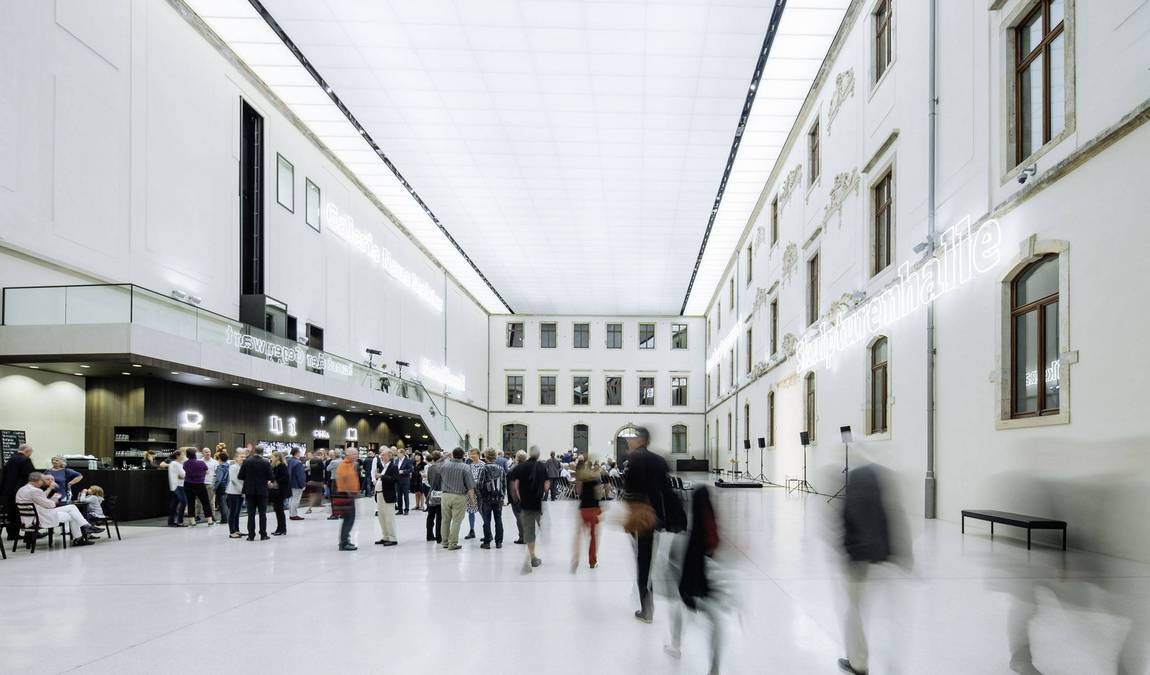 Photo: albertinum.skd.museum
Photo: albertinum.skd.museum
The Albertinum famously marries Renaissance design with a functional past as a royal palace and now serves as a workshop and depository for breathtaking art.
Design and Layout
The structure is a testament to Renaissance architecture, characterized by clean symmetry and exquisite appearance. Formerly a royal arsenal, the Albertinum was transformed into a museum, which today houses paintings and sculptures spanning from Romanticism to contemporary art, providing a treat for every art enthusiast.
Brühl's Terrace and Inner Courtyard
Perched atop Brühl's Terrace, this building enjoys a picturesque panorama over the Elbe, often playfully dubbed "The Balcony of Europe." Families with kids can delight in a stroll with ice creams in hand, marveling at the vast open space of the inner courtyard. This spot melds architectural grandeur with coziness, perfect for those candid holiday snaps.
Cultural and Educational Role
 Photo: albertinum.skd.museum
Photo: albertinum.skd.museum
As a beacon of art and learning, this place plays a pivotal role in enhancing Dresden's cultural landscape. It celebrates global art histories and is a hub for educational enrichment, welcoming families to engage with its rich collections and partake in diverse learning experiences.
Influence on Global Art Histories
As part of the Staatliche Kunstsammlungen Dresden, it is a vital institution that enriches our understanding of global art histories. It showcases a remarkable collection that spans from Romanticism to contemporary art, allowing visitors of all ages to traverse different eras and cultural expressions. Art lovers can appreciate masterpieces of both classical and modern genres, providing a narrative that connects the past and the present.
Educational Programs and Workshops
A trip to the Albertinum can be enlightening and interactive, especially for families with curious kids. The museum hosts various educational programs and workshops to inspire budding artists and historians. From hands-on art sessions that allow children to express their creativity to guided tours that explain the complexities of history in relatable terms, the Albertinum makes learning accessible and entertaining. After the reconstruction post-World War II and during the era of the GDR, the institution has continually evolved its educational outreach, ensuring that every visit sparks a love for the arts in young minds.
Best Time to Visit
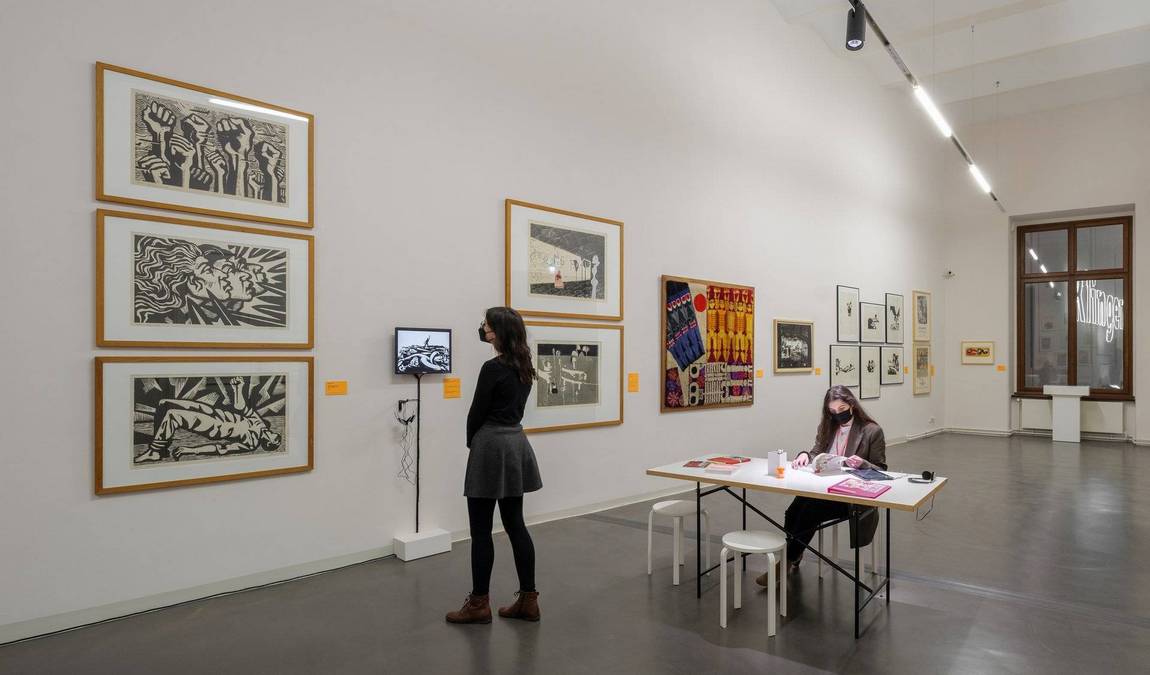 Photo: albertinum.skd.museum
Photo: albertinum.skd.museum
Are you planning a family trip to this Gallery? Here's a little secret: the museum is a joy to visit any time of the year, but timing is critical to captivate the kiddos truly!
Spring and Fall: These seasons are a sweet spot for a family outing. The pleasant weather, with fewer crowds, offers a more relaxed exploration of the museum's treasures. Imagine wandering through the galleries without the hustle and bustle, your little ones marveling at the masterpieces in quiet contemplation.
Weekdays: If possible, aim for a weekday visit. The corridors are less crowded, and the atmosphere is calmer, perfect for families with children needing more time to engage with the art.
Mornings: Early birds, rejoice! Arriving in the morning means your family can enjoy the exhibits with fresh energy. Plus, visiting first helps avoid the midday peak, when the museum welcomes more visitors.
To help plan your visit, check the official Albertinum website for opening times and any family-friendly events that might coincide with your travel dates. But, most importantly, remember to have fun and let the museum's wonders spark those little imaginations because, ultimately, a day spent soaking in culture is well-spent.
Remember, each family's rhythm is unique, and there's no one-size-fits-all when creating those priceless vacation memories. Whether you're chasing the giggles or the gasps of awe, the Albertinum waits to unfold its artistic splendors to you and your curious little travelers. So, pack that day bag, grab a sketch pad for impromptu art sessions, and set out for an artful adventure that your family will chatter about for years to come!
How Long Does It Take to Attend?
When planning a family day out to this Gallery, consider the time it will take to explore this cultural gem. Nestled in Dresden, the Albertinum boasts a generous collection of art, making it ideal for a half-day outing.
Morning Visit: Start your adventure in the morning, and you'll have plenty of time to wander through the marvelous exhibits. Allocate around 2-3 hours to soak in the Renaissance to the Present collections, ensuring the little ones can engage fully without the midday fatigue.
- 10:00 AM - 1:00 PM: Ideal time frame for a comprehensive visit.
Afternoon Stroll: If mornings aren't your family's cup of tea, a post-lunch visit works just as well. With fewer crowds, you'll navigate the galleries leisurely, allowing for spontaneous discoveries.
- 2:00 PM - 5:00 PM: A relaxed window to explore before closing.
Essential Tips:
- Rest Spots: Scout out the cozy corners when those tiny feet need a break.
- Interactive Sections: Watch for child-friendly interactive experiences to keep the enthusiasm bubbling.
Remember, the time may vary according to how deep your youngsters' curiosity runs and their pace. The museum is a treasure box of art; you'll find the time flies when immersed in its historical wonders.
Is Albertinum Worth Visiting?
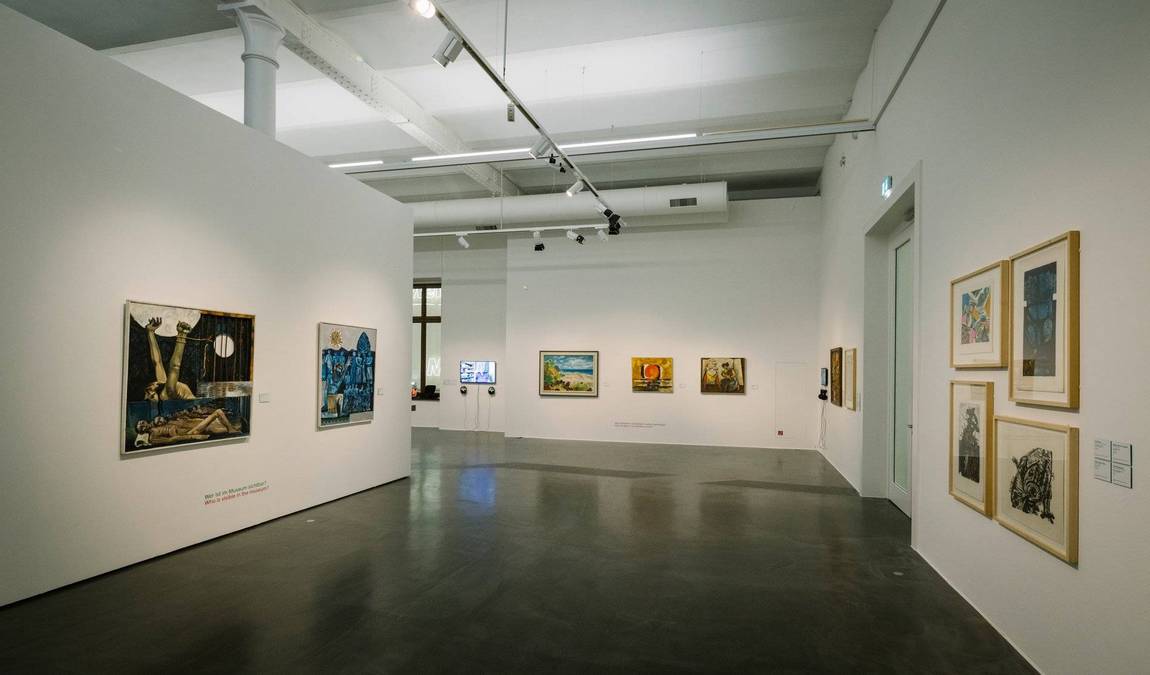 Photo: albertinum.skd.museum
Photo: albertinum.skd.museum
Visiting the Albertinum in Dresden can be a delightful experience for families. It offers a variety of masterpieces from different art periods. If exploring a museum that showcases fine art and national treasures sounds appealing, the Albertinum might be a perfect addition to your family trip itinerary.
The Albertinum is praised for housing works by Romantic painters like Caspar David Friedrich, who gave a window into the soul-stirring world of Romanticism. Children can be captivated by the storytelling behind each painting, sparking their imagination.
Highlights for Kids
-
- Romantic Paintings: Evoke curiosity with tales of the past.
- Weimar Paintings: Provide a glimpse into German cultural history.
- Modern Art: Stimulates discussion and interpretation.
The aesthetically pleasing surroundings ensure young minds are engaged, not just with the art but also with the history and significance of each piece. A trip to the Albertinum isn't merely strolling past art; it's about connecting with culture and creativity. The visit is manageable at around three hours and thus aligns well with the shorter attention spans of little explorers.
For those concerned about the patron experience, some visitors have expressed reservations regarding how they were treated. However, the richness of the art collection consistently overshadows such concerns, making the Albertinum a place that many find well worth the visit.
Characters in art can jump off the canvas and become lively discussion topics on the ride back to your hotel, making for both an educational and entertaining day out. In short, the Albertinum can be an excellent venue for creating lasting family memories surrounded by the beauty of art.
Interactive Experience
-
- Discovery: Invites interaction and learning.
- Engagement: Offers more than visual aesthetics; it's a conversational starter.
- Diverse Art: Ensures that there's something that appeals to everyone in the family.











